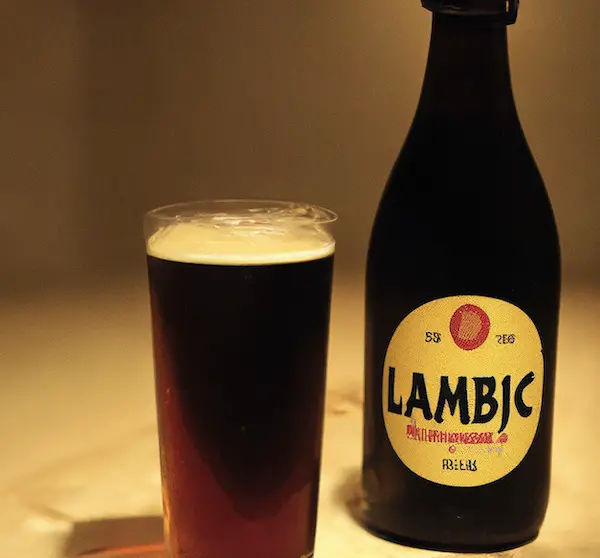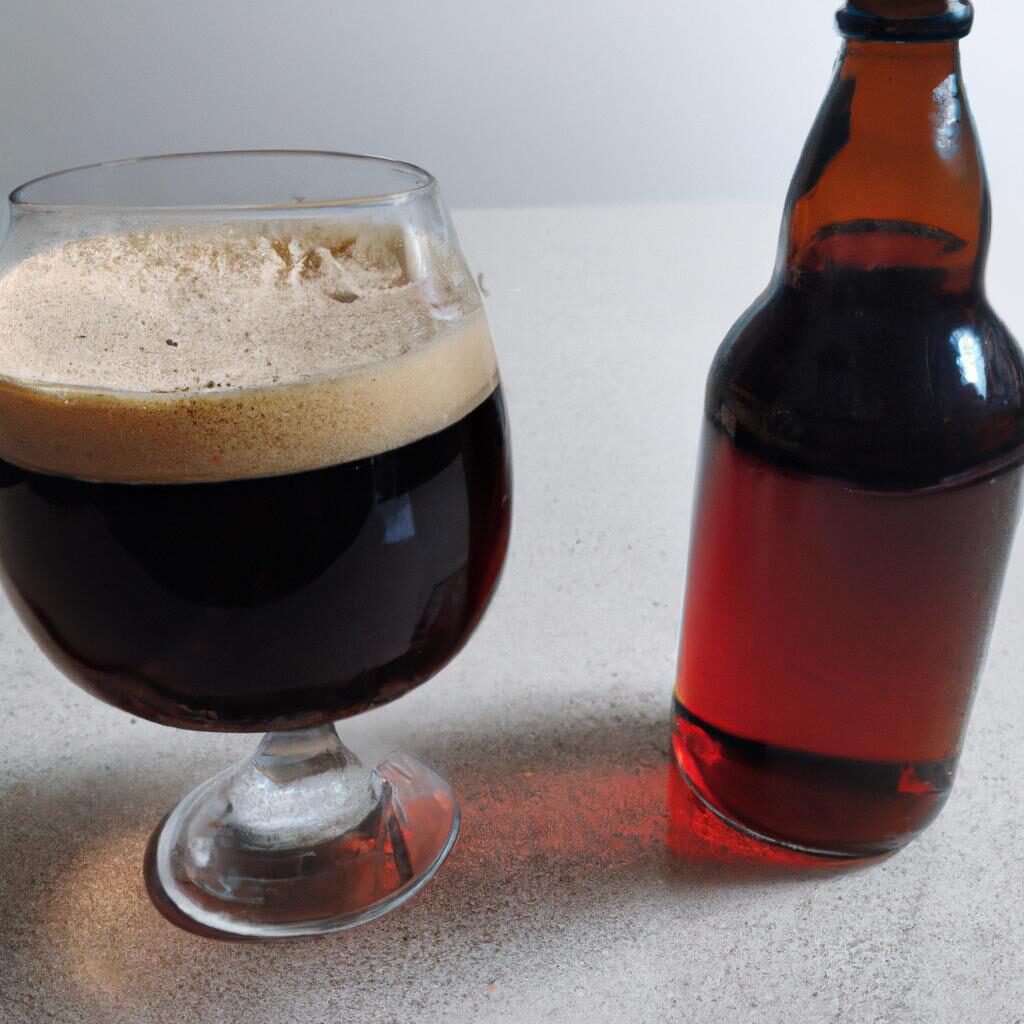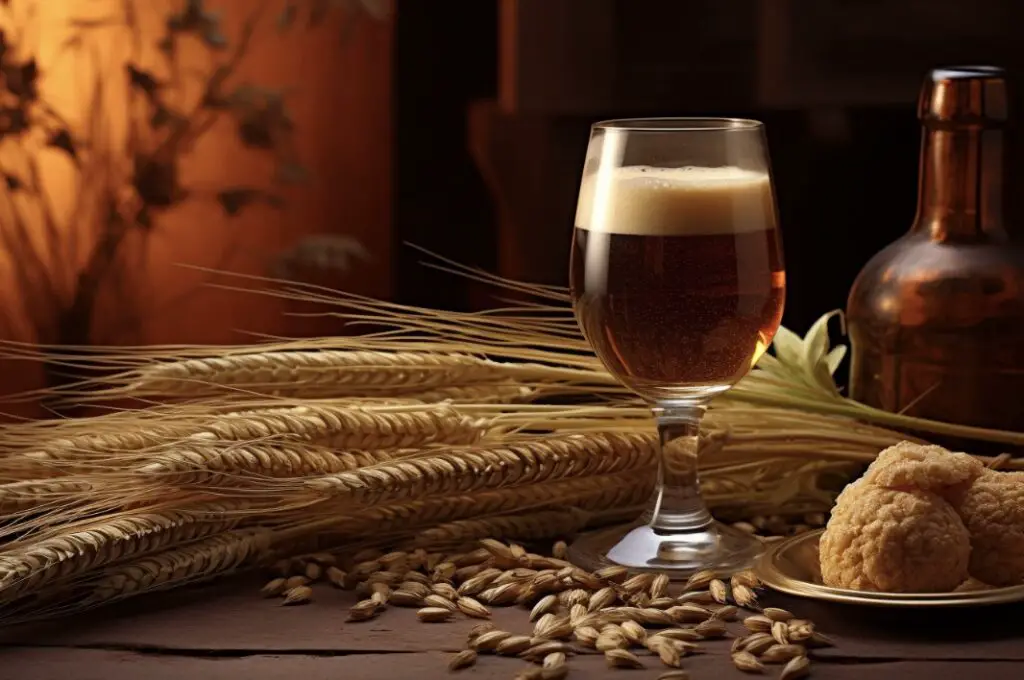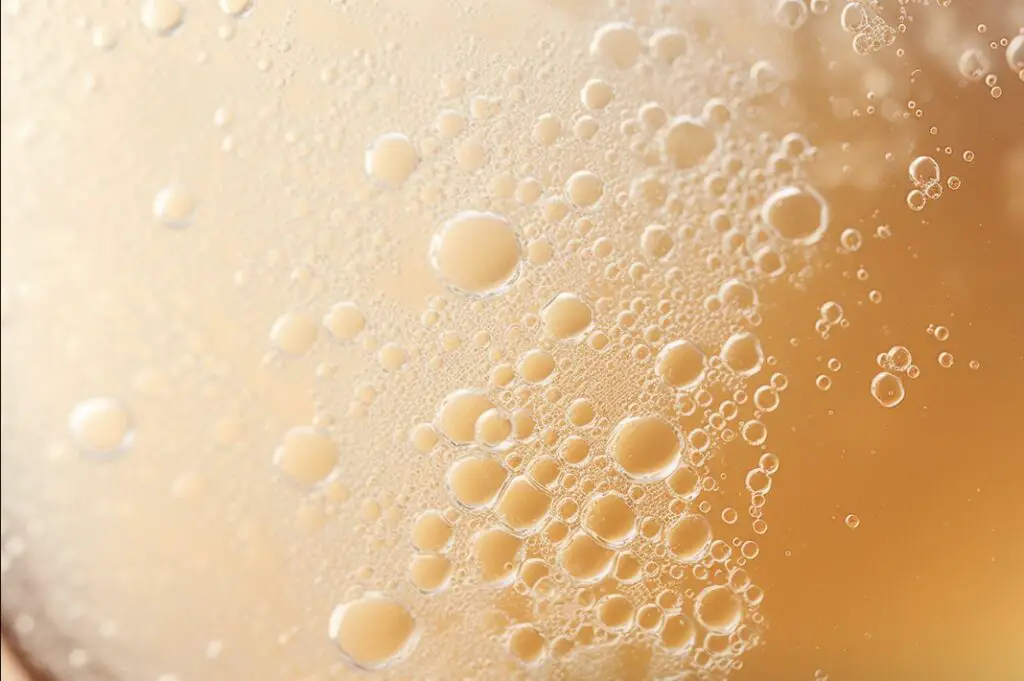As someone who has spent countless hours brewing, tasting, and discussing beer, I’ve often heard a recurring topic of interest: beers with low carbonation.
Why might one seek a beer with lower carbonation? The reasons are varied. Some folks find beers with high carbonation to be too filling, causing bloating or discomfort. Others simply prefer the more direct taste profile that low-carbonation beers often provide.
So, what are some beers with low carbonation? These are beers that have less CO2 infused in them than their fizzy counterparts. They offer a smoother, often creamier mouthfeel and let you taste the beer’s intrinsic flavors without the interference of aggressive bubbles.
Real Ale or Cask Ale
One of the most iconic representations of low carbonation beers is the Real Ale or often referred to as Cask Ale. Originating in Britain, these ales are conditioned in the cask, rather than in a bottle. The yeast present in the cask will continue to ferment, naturally carbonating the beer to a very soft degree. Since they’re served from the cask typically without additional nitrogen or CO2, the resulting beer has a gentle, soft carbonation.

Real Ales are served at a slightly warmer temperature compared to other beers, which further softens the carbonation. Examples include the Fuller’s London Pride, Timothy Taylor’s Landlord, and Adnams Bitter. Sipping a cask ale is a unique experience; the nuanced flavors shine through, and the gentle carbonation ensures a smooth journey from the glass to your taste buds.
Traditional Lambics
Lambics are spontaneous fermentation beers from the Pajottenland region of Belgium. These beers are unique because they don’t rely on cultivated yeasts but rather on the wild yeasts and bacteria present in the environment.

When Lambics are young, they have a still to gently sparkling character. The carbonation in these beers is subtle, allowing the complex flavors developed from the wild fermentation to come to the forefront.
Concrete examples of Lambics include beers like Cantillon’s Bruocsella 1900 Grand Cru or Boon’s Oude Lambiek. When drinking a Lambic, you’re not just savoring a beer; you’re connecting with a centuries-old tradition that celebrates the unpredictability and beauty of wild fermentation.
English Milds and Bitters
If you venture into an old British pub, you might come across English Milds and Bitters. These are low gravity, malt-forward beers, and as the tradition goes, they are often served with minimal carbonation. Their low carbonation highlights their malt profiles, and they are often described as ‘sessionable’, meaning you can enjoy multiple pints in a session.

Some stellar examples include Banks’s Mild or Brain’s Dark for Milds and Harvey’s Sussex Best Bitter or Shepherd Neame Master Brew for Bitters. These beers may not be the boldest in flavor, but their subtlety is their strength, and the low carbonation only accentuates their traditional charm.
The Rich Elegance of Barley Wine
In the vast universe of beer, Barley Wine stands out as a titan. It’s not just about its alcoholic strength, although it’s undoubtedly one of the more potent beer styles, but it’s the intricate layers of flavors, the depth, and the storied history that make Barley Wine a favorite for many enthusiasts, including myself.

The Roots of Barley Wine
Barley Wine traces its origins back to England. In times when wine was not readily available or was too expensive, the English looked to brew a beer that could rival wine in strength and complexity. Hence, the name “Barley Wine” – it’s essentially wine strength, but made from barley. The traditional English versions tend to lean towards a maltier profile with caramel, toffee, and fruity notes.
However, as with many beer styles, when Barley Wine crossed the pond to the US, American craft brewers added their unique spin. American Barley Wines are often hoppier, delivering a pronounced bitterness to counterbalance the malty sweetness, resulting in a more balanced brew.
Flavor Profile and Characteristics
One of the reasons I’m particularly fond of Barley Wine is because of its depth. On the palate, it offers rich flavors of dried fruits like raisins, prunes, and figs, underpinned by notes of caramel, toffee, and sometimes even chocolate or vanilla.
As it ages – and yes, Barley Wine is one of those beer styles that benefit from aging – it can develop port or sherry-like characteristics, making it even more complex.
Its texture is another talking point. Barley Wines have a thick, almost syrupy mouthfeel, accentuated often by low to moderate carbonation. This combination makes each sip a luxurious experience.
Notable Examples and Pairings
In the realm of Barley Wine, several examples have achieved near-legendary status. From England, Thomas Hardy’s Ale is often cited as the epitome of the style. In the US, Sierra Nevada’s Bigfoot and Anchor Brewing’s Old Foghorn have garnered a dedicated following.
When it comes to pairings, Barley Wine is a showstopper. Its robust profile complements rich desserts like bread pudding, crème brûlée, or a simple platter of blue cheeses. Imagine taking a bite of creamy Roquefort followed by a sip of a vintage Barley Wine – the interplay of salty, creamy, sweet, and bitter is nothing short of culinary magic.
For many, Barley Wine is an acquired taste. Its boldness can be overwhelming at first, but give it time, and its allure is undeniable. It’s a beer to be sipped and savored, preferably on a cold night by a warm fire. Every time I open a bottle, I’m reminded of its timeless appeal, its connection to history, and the craftsmanship that goes into brewing such a masterpiece.
Whether you’re new to Barley Wine or have had many over the years, there’s always something new to discover in its depths. To me, that’s the true beauty of this style.
Understanding CO2 Volumes in Beers
Carbonation in beer is more than just those little bubbles that tickle your nose. It fundamentally affects a beer’s aroma, flavor, and mouthfeel. The right amount of carbonation can make a beer style shine, while too much or too little can distract from its intended character.

Carbonation in beer is usually measured in volumes of CO2, indicating how many volumes of carbon dioxide are dissolved in one volume of beer. For instance, if a beer has 2 volumes of CO2, it means for every liter of that beer, there are two liters of CO2 dissolved in it.
Different styles of beers require different volumes of CO2 for optimal taste and presentation. Knowing the right carbonation level is crucial for brewers and can make or break the end product.
Let’s look at the desired CO2 volumes for different low carbonation beer types:
Special/Best/Premium Bitter
- Type: Ale
- Desired CO2 Volumes: 0.8-2.1 vols
Standard/Ordinary Bitter
- Type: Ale
- Desired CO2 Volumes: 0.8-2.2 vols
Mild
- Type: Ale
- Desired CO2 Volumes: 1.3-2.3 vols
Southern English Brown Ale
- Type: Ale
- Desired CO2 Volumes: 1.3-2.3 vols
Scottish Export 80/-
- Type: Ale
- Desired CO2 Volumes: 1.5-2.3 vols
Scottish Heavy 70/-
- Type: Ale
- Desired CO2 Volumes: 1.5-2.3 vols
Scottish Light 60/-
- Type: Ale
- Desired CO2 Volumes: 1.5-2.3 vols
Extra Special/Strong Bitter (English Pale Ale)
- Type: Ale
- Desired CO2 Volumes: 1.5-2.4 vols
Strong Scotch Ale
- Type: Ale
- Desired CO2 Volumes: 1.6-2.4 vols
English Barleywine
- Type: Ale
- Desired CO2 Volumes: 1.6-2.5 vols
Brewers use various methods to achieve desired carbonation levels, such as bottle conditioning, where priming sugar is added before bottling to encourage further fermentation, or by force-carbonating in brite tanks using CO2 tanks.
It’s fascinating how different styles have evolved with specific carbonation preferences. For example, while a German Weizen might have high carbonation levels (around 3.3-4.5 vols) to emphasize its bright, fruity esters, an English Bitter has lower carbonation to accentuate its malt-forward profile and traditional, pub-like mouthfeel.
Understanding CO2 volumes is not just a science but also an art. It’s about recognizing the delicate balance and harmony that carbonation creates in the world of beers. The next time you enjoy your pint, take a moment to appreciate those bubbles – they’re doing more than you might think!
Conclusion: The Gentle Embrace of Low Carbonation
Throughout the history of beer, different styles and brewing techniques have emerged, and with them, a diverse range of carbonation levels. From the smooth sips of Real Ale to the wild essence of Lambics, low carbonation beers have made a significant mark on the beer world. Here’s a quick listicle to sum up:
- Real Ales are conditioned and served directly from casks.
- Traditional Lambics rely on wild yeast for fermentation.
- English Milds and Bitters are malt-forward beers with soft carbonation.
- Low carbonation allows for direct taste profiles.
- Beers like Fuller’s London Pride and Cantillon’s Bruocsella 1900 Grand Cru are examples of their styles.
- Natural Carbonation can come from yeast present in casks or bottles.
- Low carbonation beers are often described as ‘sessionable’.
- These beers are perfect for those who find highly carbonated beers too filling.
- Many traditional beers have low carbonation as a defining characteristic.
- Low carbonation beers offer a unique tasting experience, emphasizing flavor nuances.
From my personal brewing and tasting experiences, I’ve always found that while a fizzy beer can be refreshing and lively, a low-carbonation beer often tells a deeper story.
There’s something beautiful about savoring each sip, feeling the beer’s true texture, and diving deep into its intricate flavors without the distraction of effervescence.
Whether you’re a seasoned beer enthusiast or someone just beginning their beer journey, I’d highly recommend giving these less fizzy wonders a shot. Cheers to the gentle embrace of low carbonation!
FAQ: Delving Deeper into Low Carbonation Beers
1. Why is carbonation important in beers in the first place?
Carbonation plays a crucial role in the mouthfeel, aroma, and overall drinking experience of a beer. CO2 bubbles help release volatile compounds in the beer, enhancing its aroma. Additionally, the fizziness can add a refreshing quality to certain beer styles. However, as we’ve discussed, not every beer style requires or benefits from high carbonation levels.
2. Can I make my homebrew low-carbonated?
Absolutely! If you’re into homebrewing, you can control the carbonation level by adjusting the amount of priming sugar during bottling or by setting your CO2 regulator to a lower pressure if you’re kegging. However, always ensure you have some carbonation to prevent the risk of microbial contamination as CO2 can provide a protective layer over the beer.
3. Are low carbonation beers less alcoholic?
Not necessarily. The level of carbonation in a beer is not directly related to its alcohol content. You can have a low-carbonated beer with high alcohol content and vice versa. It’s more about the brewing process and ingredients used rather than the carbonation.
4. How can I tell if a beer will be low-carbonated just by looking at its bottle or can?
This can be a bit tricky as labels might not always indicate carbonation levels. However, terms like “cask-conditioned,” “real ale,” or “still” might hint towards lower carbonation. Sometimes, traditional styles known for low carbonation, like English Bitters or certain Lambics, can be a clue. But always remember, the best way to know is by pouring and tasting!
5. Do low carbonation beers have a shorter shelf life?
While carbonation can provide a protective layer against potential contaminants, it’s not the sole determinant of a beer’s shelf life. Factors like alcohol content, pH, and hop levels play a more significant role. However, if a low-carbonated beer is unpasteurized and not stored properly, it might have a shorter shelf life due to the potential growth of unwanted microorganisms. Always store your beers in a cool, dark place for the best longevity.




